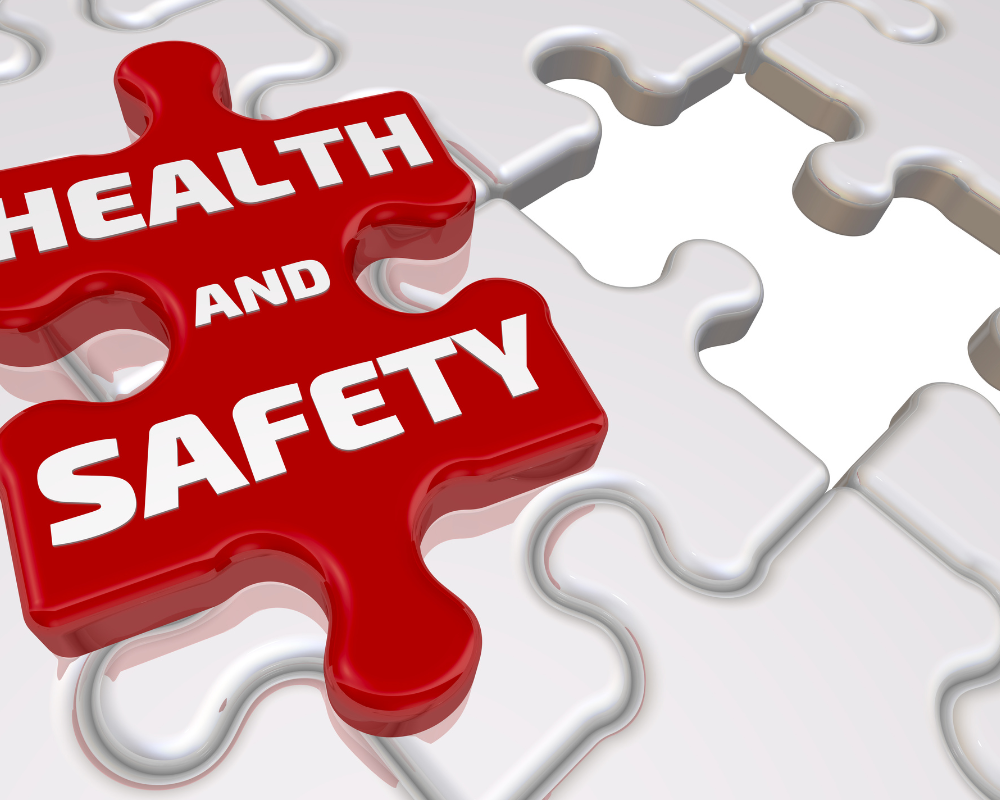Contact Form
SUBMIT
Message*
Contact Number*
Email Address*
Company
Last Name*
First Name*
If you'd like to know more about how we can help, please send us a message below and we'll get back to you within 1-2 business days.
Your enquiry has been submitted. Someone from our team will be in touch within 1-2 business days.
Thank you

Top 10 Workplace Safety Tips Every Australian Business Should Know
James Druery
written by
June 3, 2023
Ensuring workplace safety is crucial for Australian businesses to protect employees and contractors (workers), reduce accidents, and comply with work health and safety (WHS) laws. By implementing effective safety measures, businesses can create a secure and productive work environment. This article presents the top 10 workplace safety tips every Australian business should know to enhance employee well-being and minimise workplace hazards.
1. Conduct thorough risk assessments: Before implementing safety measures, businesses should conduct comprehensive risk assessments to identify potential hazards and prioritise safety improvements. This involves examining the work environment, equipment, and procedures to determine potential risks to their workers and others where applicable.
2. Implement health and safety procedures: By consulting your workers and establishing clear procedures ensures that workers understand and follow said procedures. Procedures required to be developed can be identified through your risk assessment.
3. Provide proper training for employees: Train employees on health and safety procedures, emergency protocols, and the proper use of equipment. Regular training sessions and refresher courses help reinforce awareness and ensure employees are equipped with the necessary knowledge and skills.
4. Maintain a clean and organised workplace: A clutter-free and well-organised workplace minimises the risk of trips, falls, and other incidents. Encourage employees to keep their workstations clean and tidy, and regularly inspect the workplace for potential hazards.
5. Use appropriate personal protective equipment (PPE): Provide employees with the necessary training for personal protective equipment (PPE) based on the nature of their work. This may include items such as helmets, safety glasses, gloves, earplugs, or respiratory masks. Ensure employees understand how to use and maintain their PPE.
6. Encourage open communication and reporting of hazards: Create an environment where employees and contractors feel comfortable reporting hazards and near misses. Encourage open communication channels to ensure that potential risks are identified and addressed promptly.
7. Regularly inspect and maintain equipment: Regular inspections and maintenance of equipment help identify potential hazards or malfunctions. Establish a maintenance schedule and ensure that all machinery, tools, and safety systems are regularly checked and serviced.
8. Create an emergency response plan: Developing a comprehensive emergency response plan is vital for Australian businesses. This plan should outline procedures to be followed in the event of natural disasters, fires, or medical emergencies. It should include evacuation routes, assembly points, and contact information for emergency services. Review and practice the plan yearly with employees to ensure everyone is familiar with the procedures.
9. Foster a culture of safety: Promote a culture of safety within the organisation by encouraging employees and contractors to prioritise their well-being and that of their colleagues. Establish health and safety committees and involve employees in safety-related decision-making processes. Recognise and reward individuals who excel at contributing to maintain a safe work environment.
10. Stay updated with workplace safety regulations: Australian workplace safety regulations are subject to updates and changes. It is crucial for businesses to stay informed and compliant with these laws. Regularly review and update health and safety policies, procedures, and training programs to align with the latest requirements.
Implementing these top 10 workplace safety tips can greatly enhance the well-being of employees and contractors and reduce the risk of incidences in Australian businesses. By conducting risk assessments, implementing health and safety procedures, providing training, and fostering a culture of safety, businesses can create a secure work environment that complies with WHS legislation. Prioritising workplace safety not only protects employees and contractors but also contributes to increased productivity and overall business success.